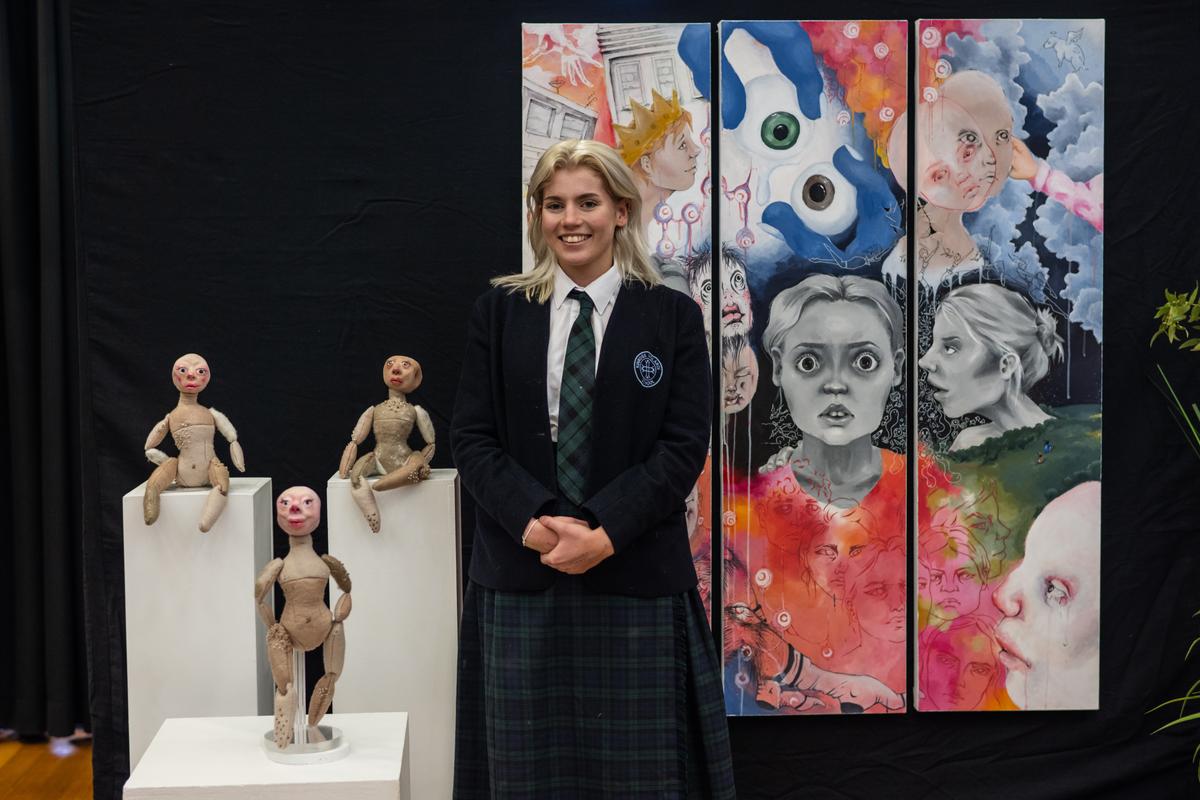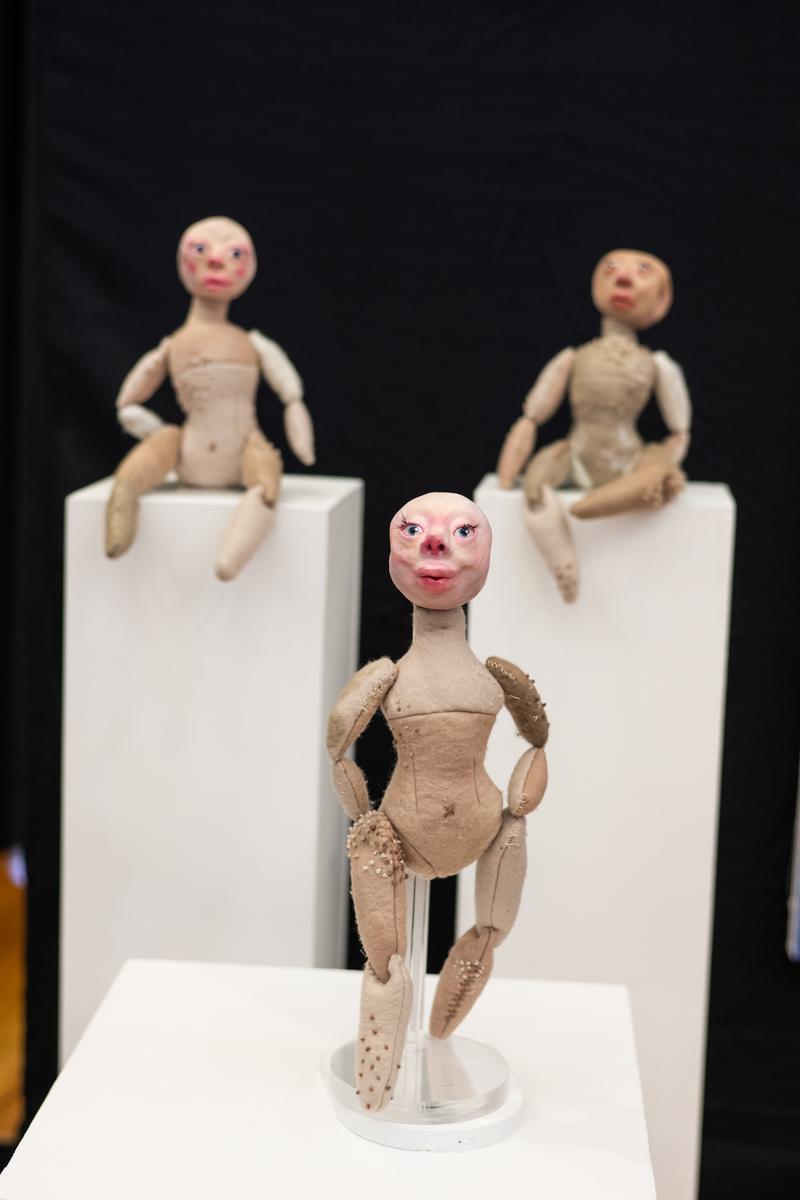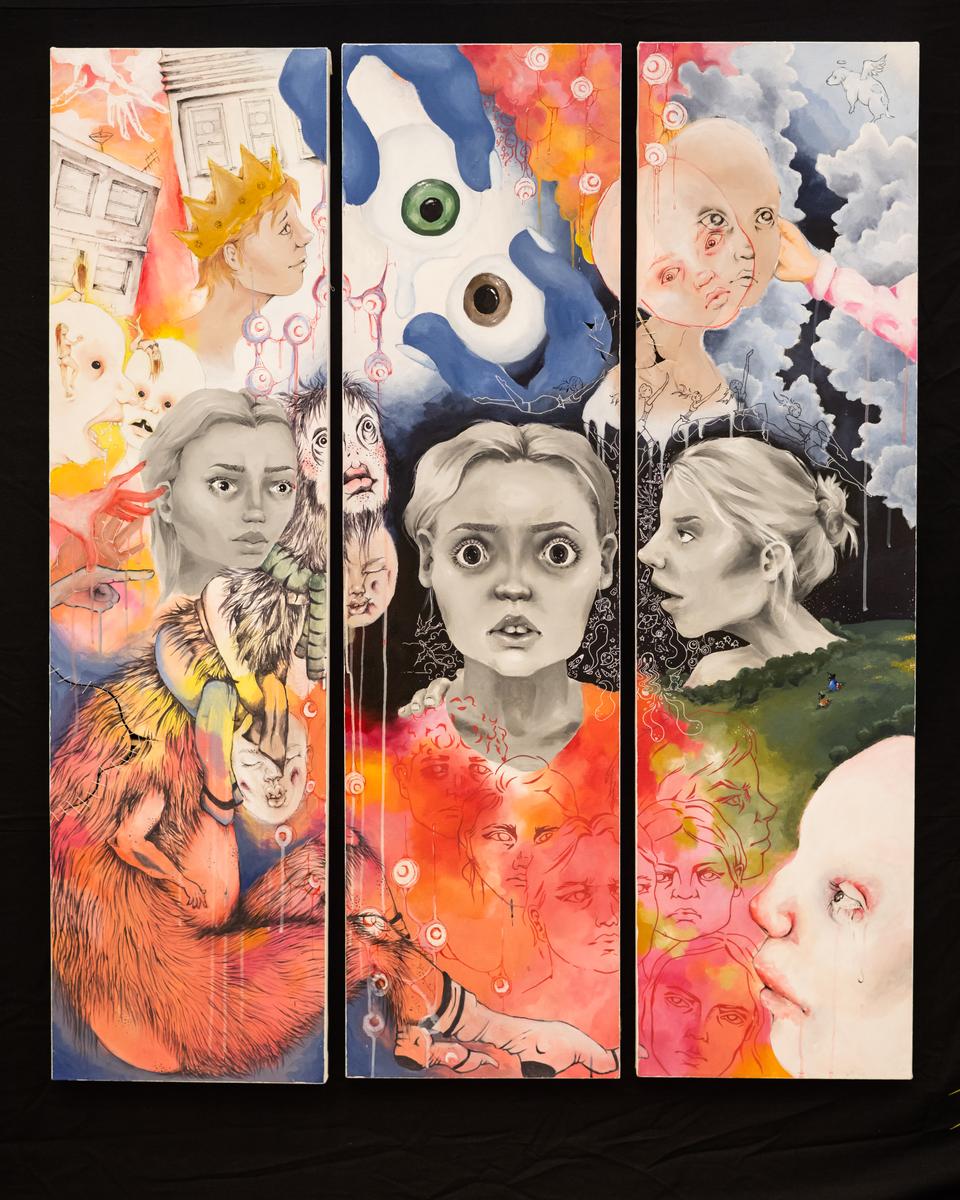From the Principal
Dr Andrew Parry

From the Principal
Dr Andrew Parry
“In Flanders Field the poppies blow, between the crosses, row on row.”
This Friday on 11 November many nations across the globe commemorate Remembrance Day as a mark of respect for those who have died or suffered in armed conflict. We do this each year on November 11, for it was on this day in 1918 the guns on the Western Front fell silent after four years of continuous warfare. With their armies retreating and close to collapse, the German leaders signed an Armistice bringing the First World War to a close.
Often as part of this commemoration the poem ‘In Flanders Fields’ written by Lt Colonel John McCrae is read, a poem that holds special significance for me. Some twenty years ago, I visited the World War One battle fields of France and Belgium reflecting upon the devastating ordeal that so many young men and women had to endure. I did this with a close friend and mentor who himself would be dead within months of our journey. In Ypres, I was deeply moved by McCrae’s poem and ever since I have had a copy of ‘In Flanders Fields’ beside my office desk. It sits beside me as I pen this piece.
The era of the Great War featured prominently in my doctoral research when I was at Cambridge and the events of this tragic conflict and its impact upon a generation of youth resounded deeply with me. I came to know the young men of a number of the British Public Schools as I delved into their archives and school magazines, following their triumphs at school, journey to the front and appearances in the published lists of the decorated, wounded or killed in action.
This global conflict gave birth to some of the most moving poems ever written. Soldier poets such as Siegfried Sassoon and Wilfred Owen recorded their horrifying ordeal using the written word. But perhaps the most poignant report of all was penned by McCrae in his piece “In Flanders Fields.”
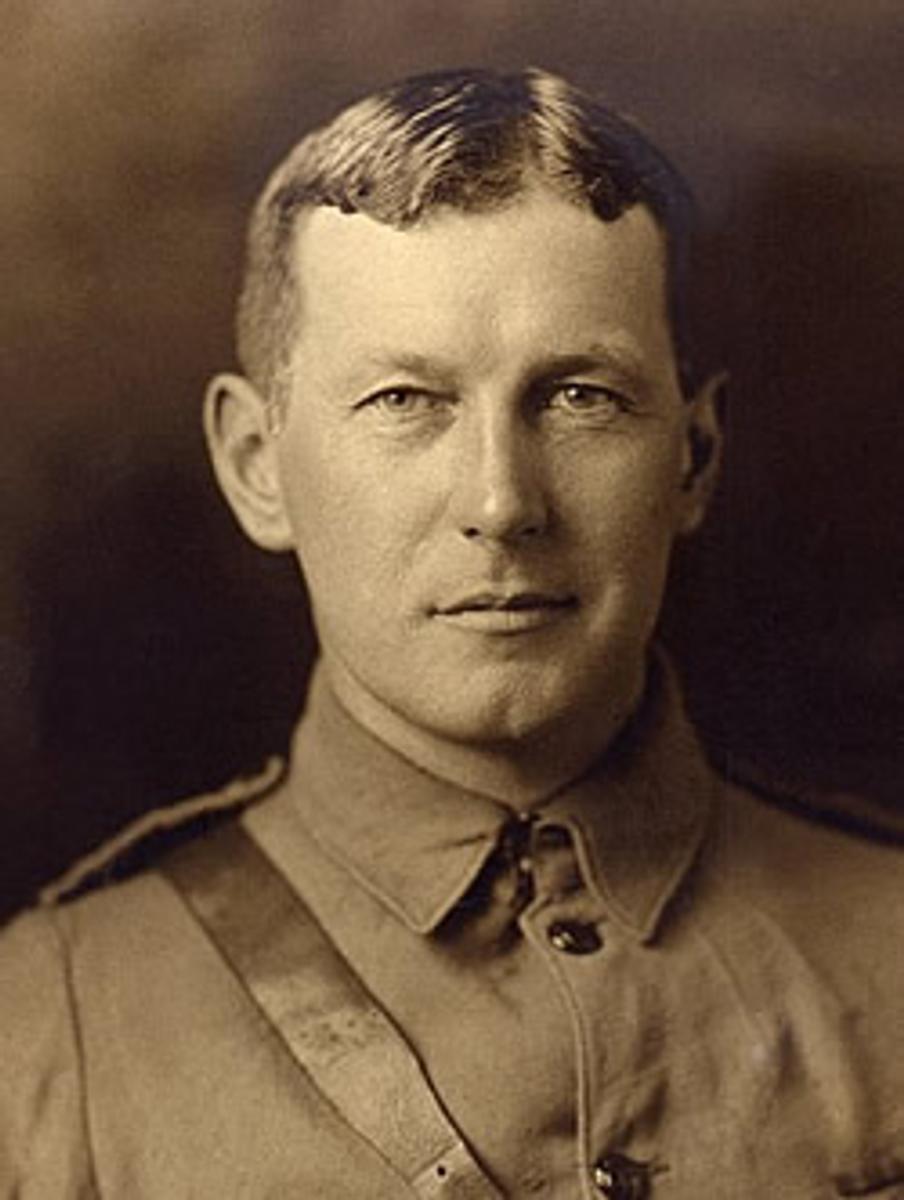

John McCrae was a Canadian, poet, soldier and physician. He had served in the Canadian contingent in the Boer War in South Africa from 1899-1900 and reenlisted to serve once again at the outbreak of World War One. McCrae became a member of the Royal College of Surgeons and was the first Canadian to be appointed consulting surgeon to the British Army.
His well-known poem ‘In Flanders Fields’, memorialises the April 1915 battle in Belguim’s Ypres salient. For 17 days, McCrae tended those injured in the battle. The poem was written the day after he witnessed the death of a close friend on 2 May 1915. He initially threw the poem away after writing it but a member of his unit retrieved it and convinced him it should be published. Eventually it was sent to the British satirical magazine ‘Punch’ and was published in December 1915. It became hugely popular in Britain and was widely used to generate support for the war. The poem also led to the adoption of the poppy as the Flower of Remembrance for the British and Commonwealth war dead.
McCrae noted that amidst all the shell fire and destruction the only things which survived were the red poppies and the skylarks flying overhead. On the otherwise barren front where thousands of soldiers had lost their lives, McCrae saw the vast numbers of poppies blossoming. A military graveyard full of poppies is an image that captures the imagination and strongly evokes the ambiguity so characteristic of the Great War. For McCrae, the poppy kept alive the memory of a young generation that was nipped in the bud before it could bloom. His words touch a chord with so many who read the poem.
McCrae would not survive the war. He continued to attend the wounded from the battles of the Somme, Vimy Ridge, Arras and Passchendaele. In the summer of 1917, John McCrae suffered attacks of asthma and bronchitis, almost certainly as a consequence of inhaling chlorine gas during the second battle of Ypres. On 28 January 1918 McCrae died of pneumonia aged only 46 years and was buried in Wimereux, north of Boulogne in France. Despite his death, his legacy lives on: the red poppy became the symbol of remembrance and continues to be worn as a tribute to those who died.
https://www.youtube.com/watch?v=cKoJvHcMLfc
In Flanders Fields
BY JOHN MCCRAE
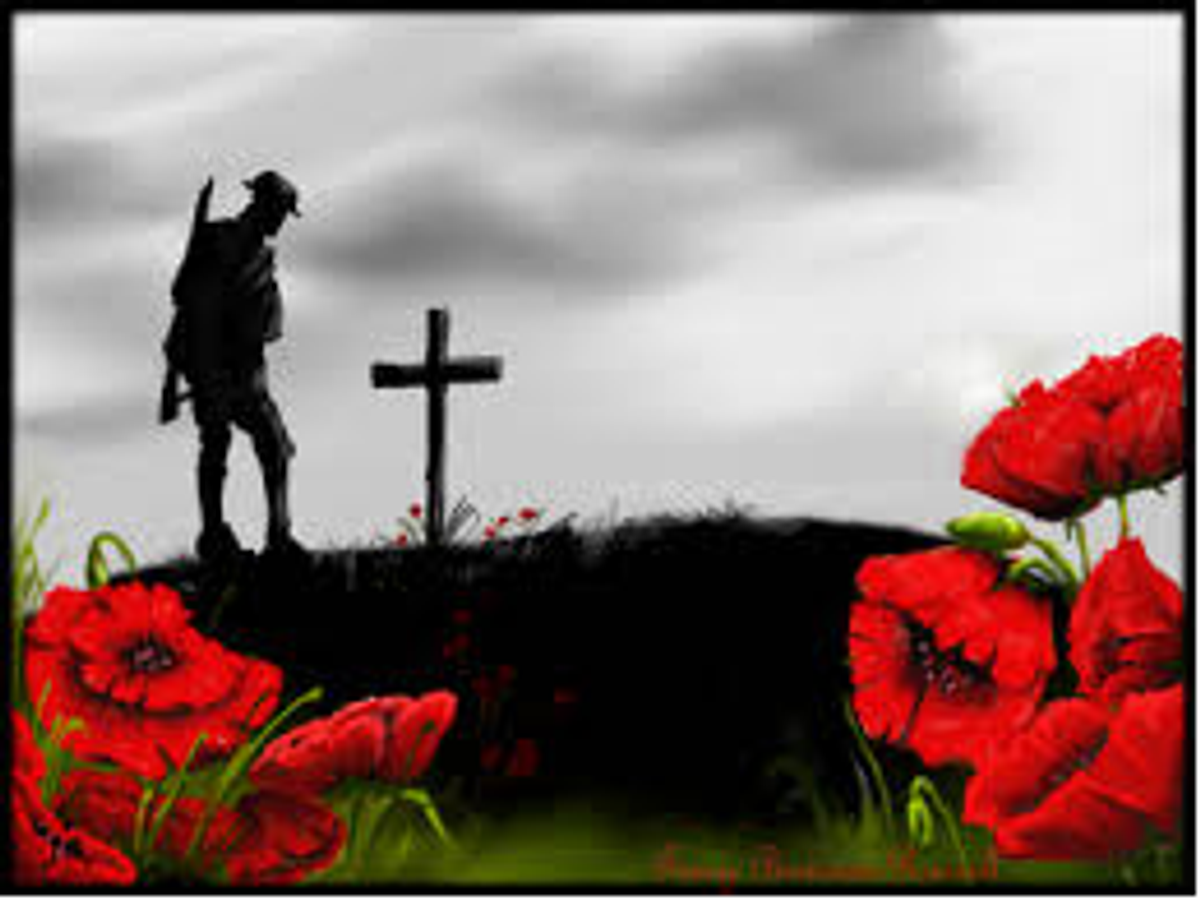

In Flanders fields the poppies blow
Between the crosses, row on row,
That mark our place; and in the sky
The larks, still bravely singing, fly
Scarce heard amid the guns below.
We are the Dead. Short days ago
We lived, felt dawn, saw sunset glow,
Loved and were loved, and now we lie,
In Flanders fields.
Take up our quarrel with the foe:
To you from failing hands we throw
The torch; be yours to hold it high.
If ye break faith with us who die
We shall not sleep, though poppies grow
In Flanders fields.
NAIDOC Week Activities
Wiradjuri Language Program Award
Last Saturday night, Kinross Wolaroi School was announced the winner of the Community Program/Project Award for our Wiradjuri Language lessons. Our program was noted as being a standout by one of the judges, which is an incredibly pleasing accolade.
I am so incredibly grateful to Mr Corey McLean for this wonderful initiative and the passion and enthusiasm he brings to our students.
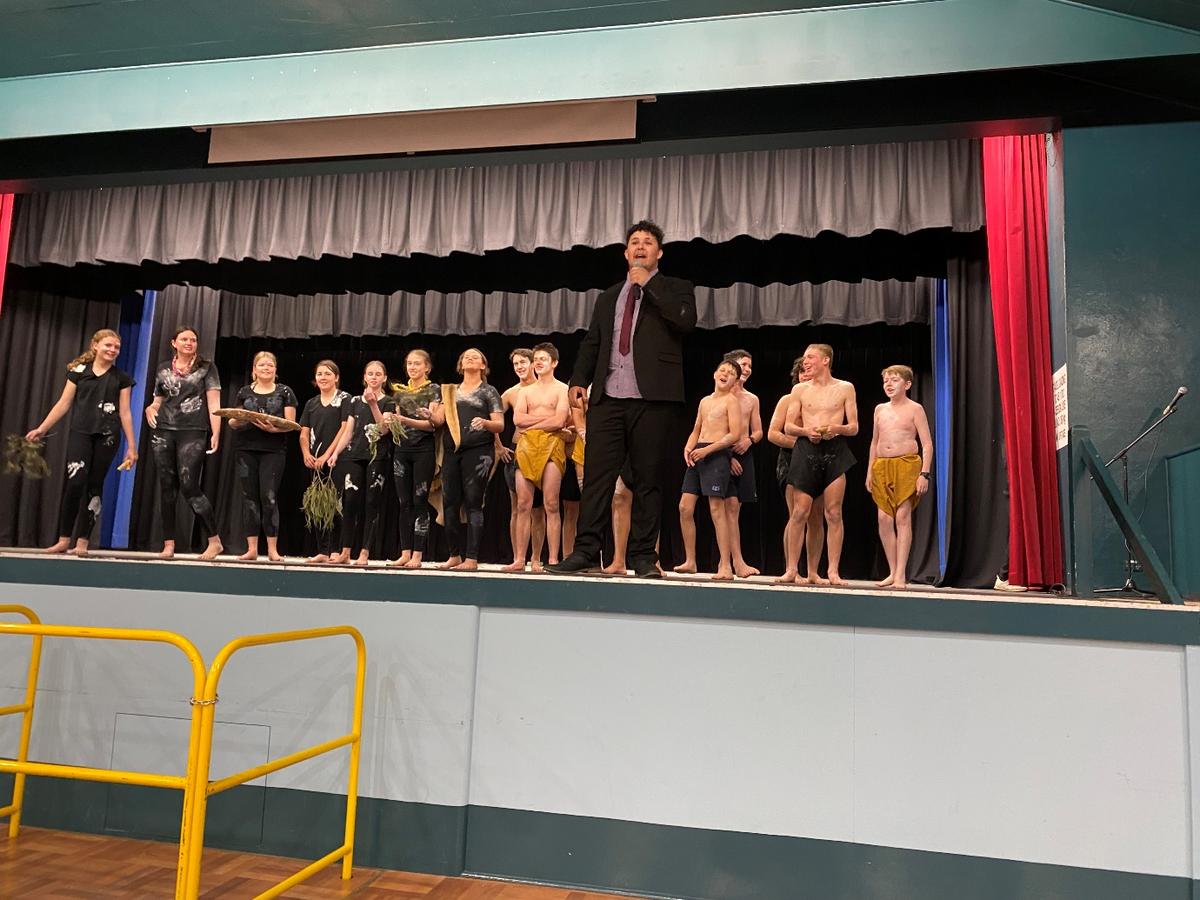

Wiradjuri Dance
Students from Kinross Wolaroi choreographed and performed their own dance during the Eisteddfod section at NAIDOC Week. The boys performed a war dance and the girls, a dance to represent community where older girls welcomed the younger girls into the community. The judges loved the performance and we were awarded 2nd place, closely behind Canobolas Rural Technology High School.
It is such a rewarding achievement for these students to be able to choreograph and perform their own dance with such pride and joy. I am thrilled to hear how proud they are of their achievement. Congratulations to all students and teachers involved in this wonderful event.
Indigenous Garden at Windermere
Year 6 students celebrated NAIDOC Week at Windermere Farm, contributing to the Indigenous garden that is being developed. They enjoyed a sausage sizzle and wore Aboriginal and Torres Strait Islander colours for Mufti Day.
NAIDOC week has been very successful, with an array of activities and celebrations of our First Nations people, including First Nations artists and Australian performers playing through the School speakers, and Wellbeing lessons focused on Wiradjuri language, culture and art.
National Youth Science Forum - 2023
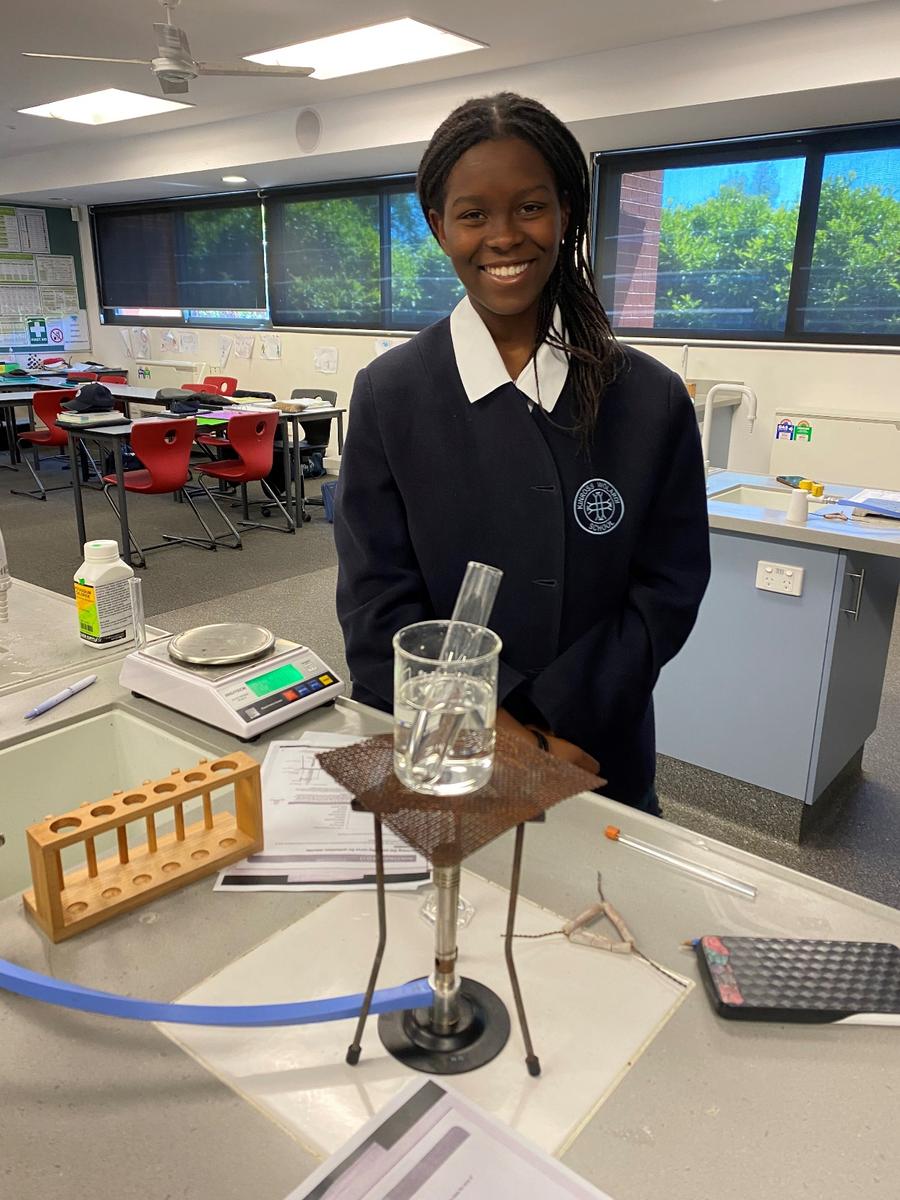

Year 11 student Maka Mutyiri has been selected for the National Youth Science Forum ’23. She will participate in a summer camp during January in Sydney, working with other like-minded students at universities in Sydney, including USYD, UNSW, Macquarie and UTS.
The selection process involved two interviews following a written application. Maka said, “The process was a challenge because it took me out of my comfort zone. I enjoyed it because it made me reflect on my love of Science and I was able to speak about my interests in the interviews.”
50% of the program cost will be funded by the Orange Rotary Club and Maka is thankful for the contribution to allow her to experience this amazing Science opportunity. The week-long camp involves exploration of science and careers. It will involve exciting practical experiences as well as lectures in cutting-edge science and technologies, engagement with industry partners and tours of science and technology facilities. There will also be social opportunities in the evenings, and Maka is looking forward to meeting other Year 12 Science students from other schools.
Past Kinross Wolaroi students including Molly Straney, Rebekah Rae, Sam Vail and Julia Williams and have enjoyed the NYSF and have gone onto study Science and have careers in science and engineering.
We congratulate Maka and wish her all the best for her holiday science camp.
HSC Visual Arts
I was delighted to receive notice this week that two of our HSC students have been nominated for consideration in ARTEXPRESS, as part of the HSC Showcase season in 2023.
Congratulations to Liv Fredrickson and Isabella Baldwin for their HSC artworks being nominated for consideration in ARTEXPRESS, as part of the HSC Showcase season in 2023.
Liv Fredrickson’s artworks, “Kära Morfar”, explores the reality of an Alzheimer’s diagnosis and the effect memory loss has on the individual and their loved ones. The series of portraits depicts Liv’s grandfather, Ove Fredriksson and explores the nature of memories and how they shape identity and relationships.
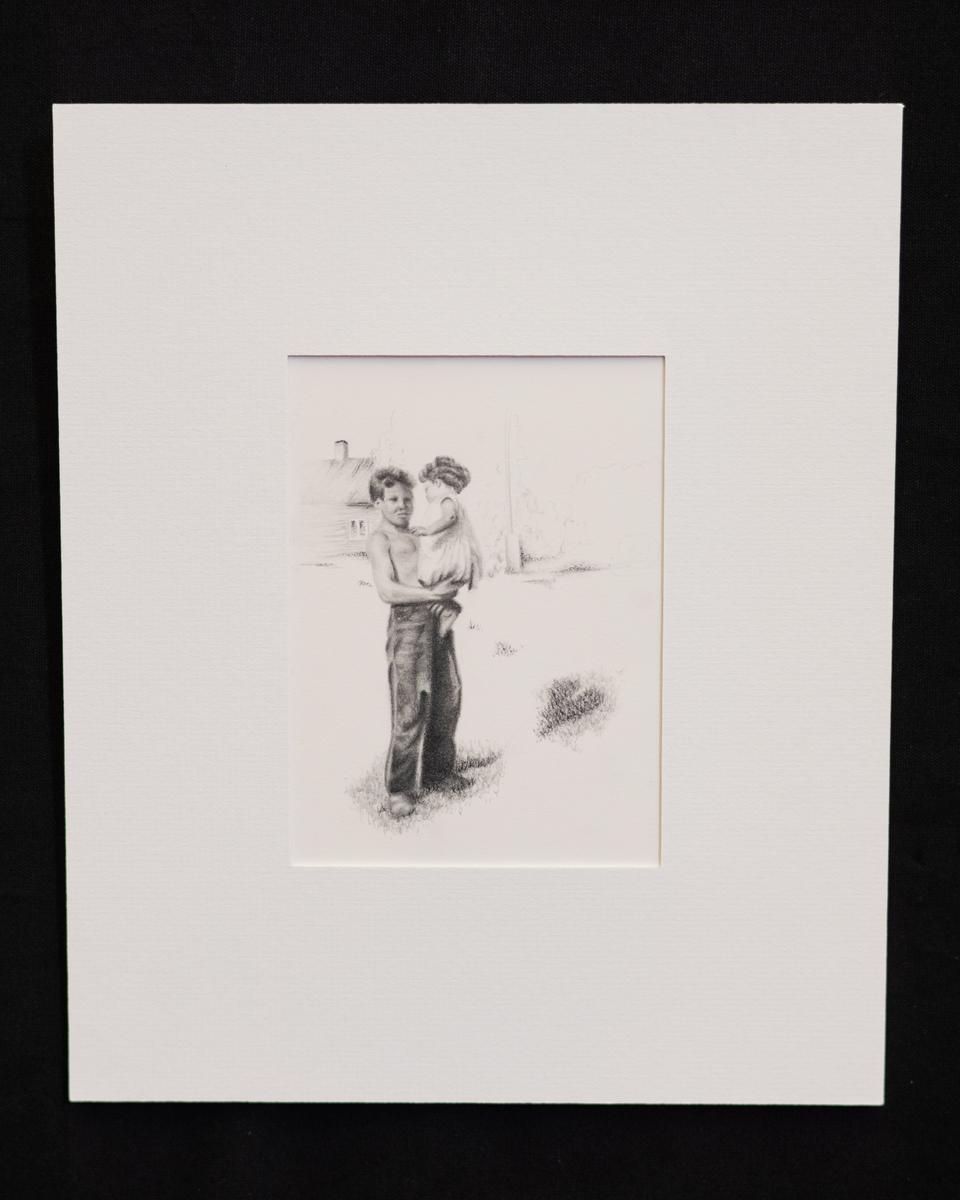
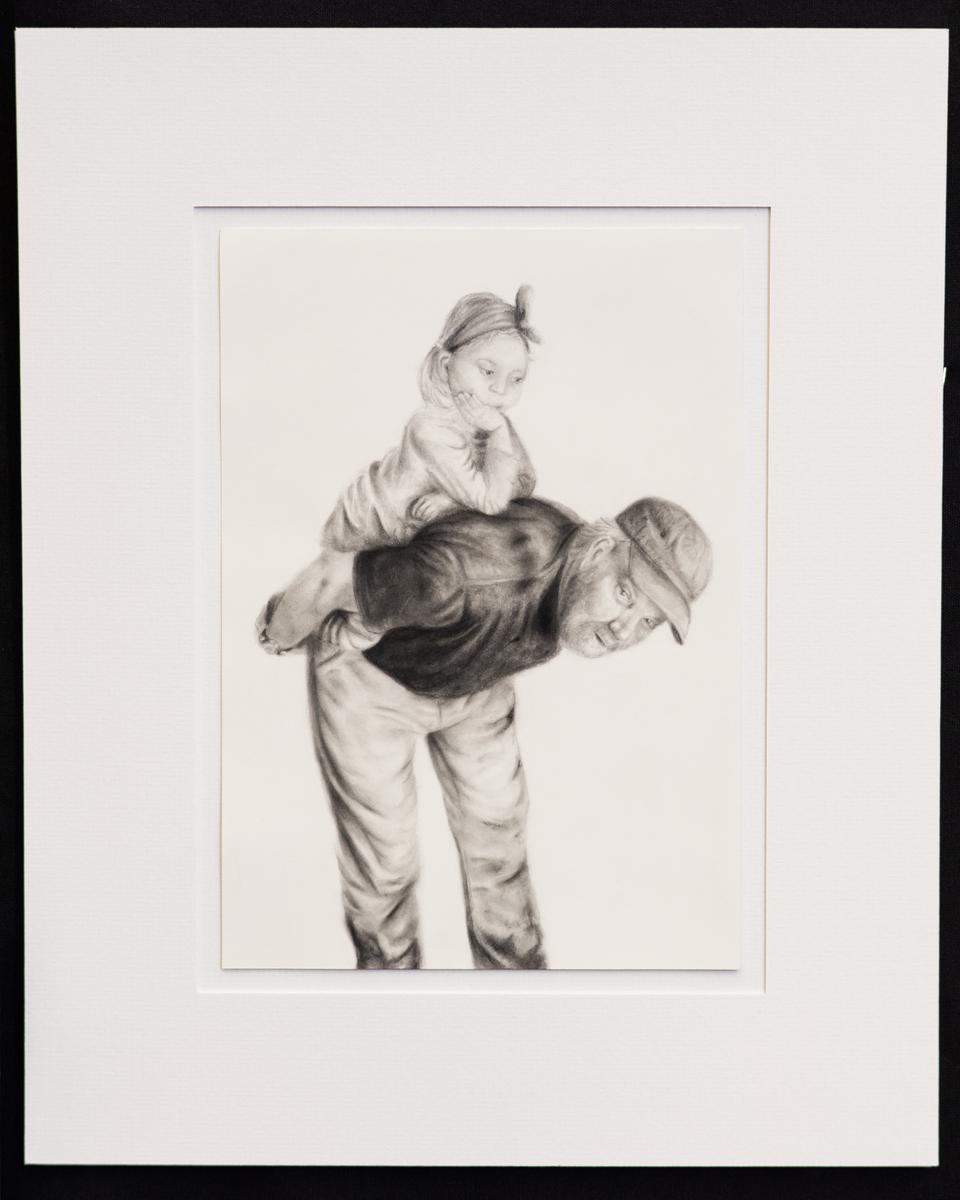
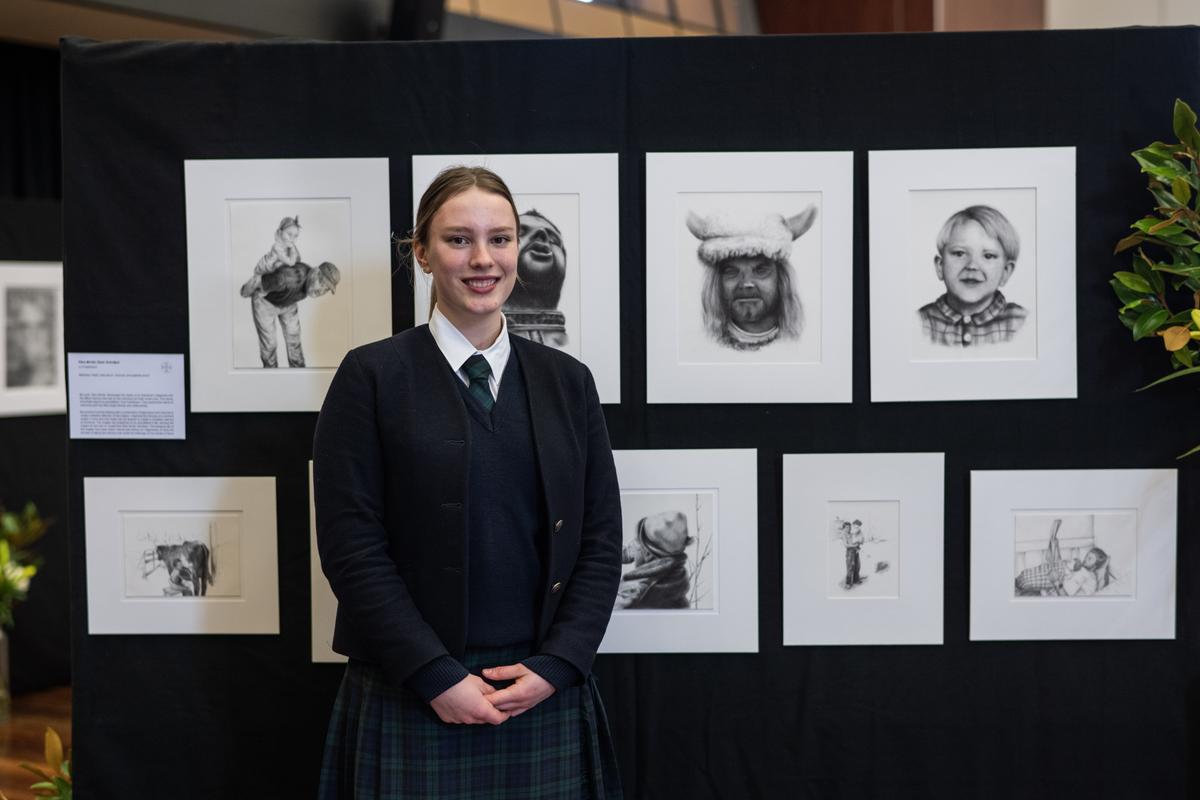



Isabella Baldwin’s artworks, “Show and Tell”, examine the concept of intimacy and the sometimes difficult and awkward nature of physical and emotional interactions. The work aims to challenge the audiences’ perceptions and understandings what is to receive and give affection.
